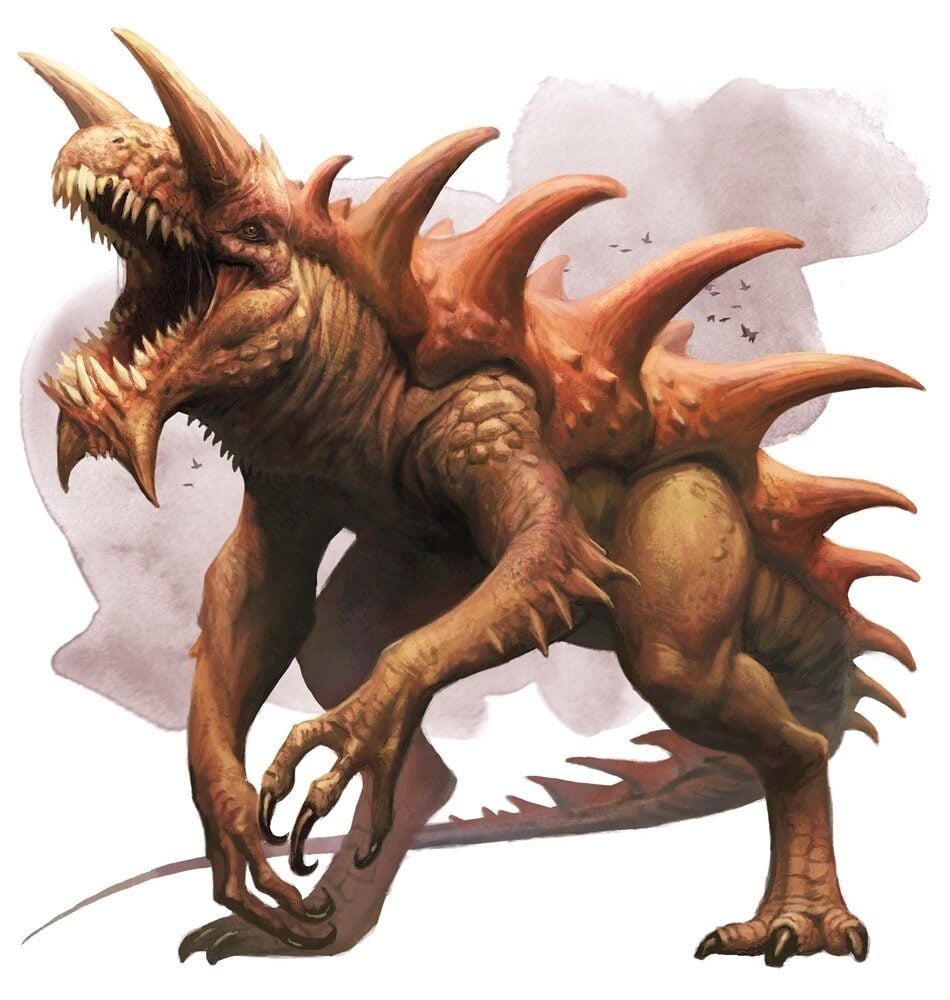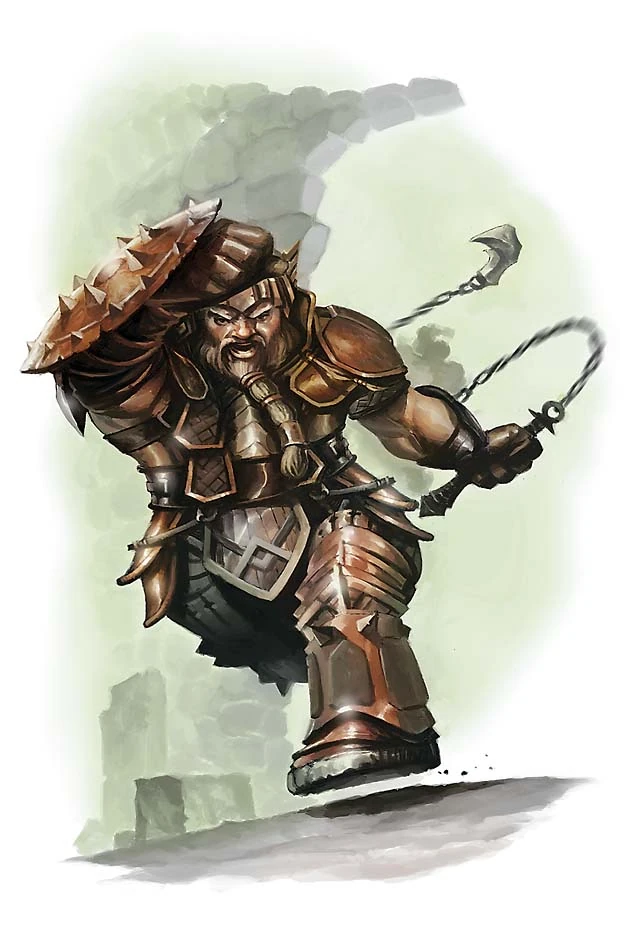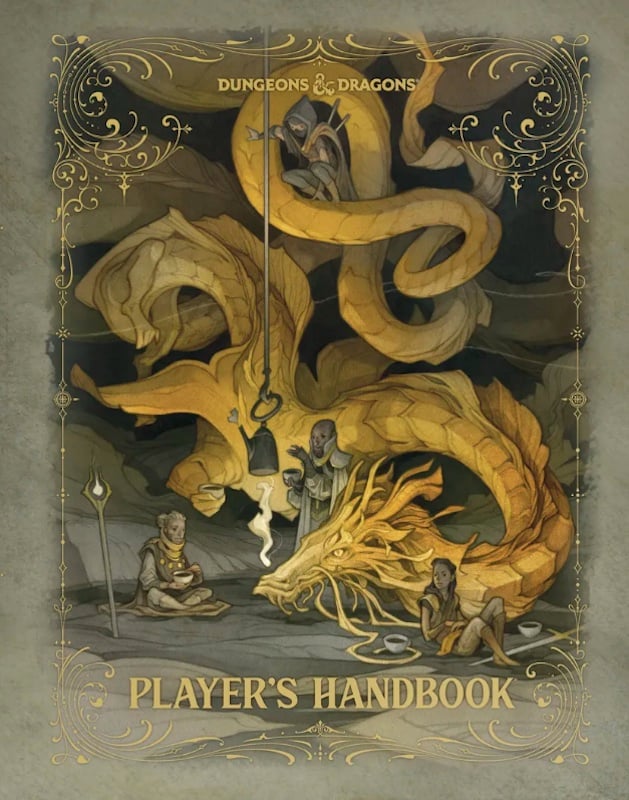D&D: Grappling Changes Got You Down? Don’t Worry, You Can Still Make It Good
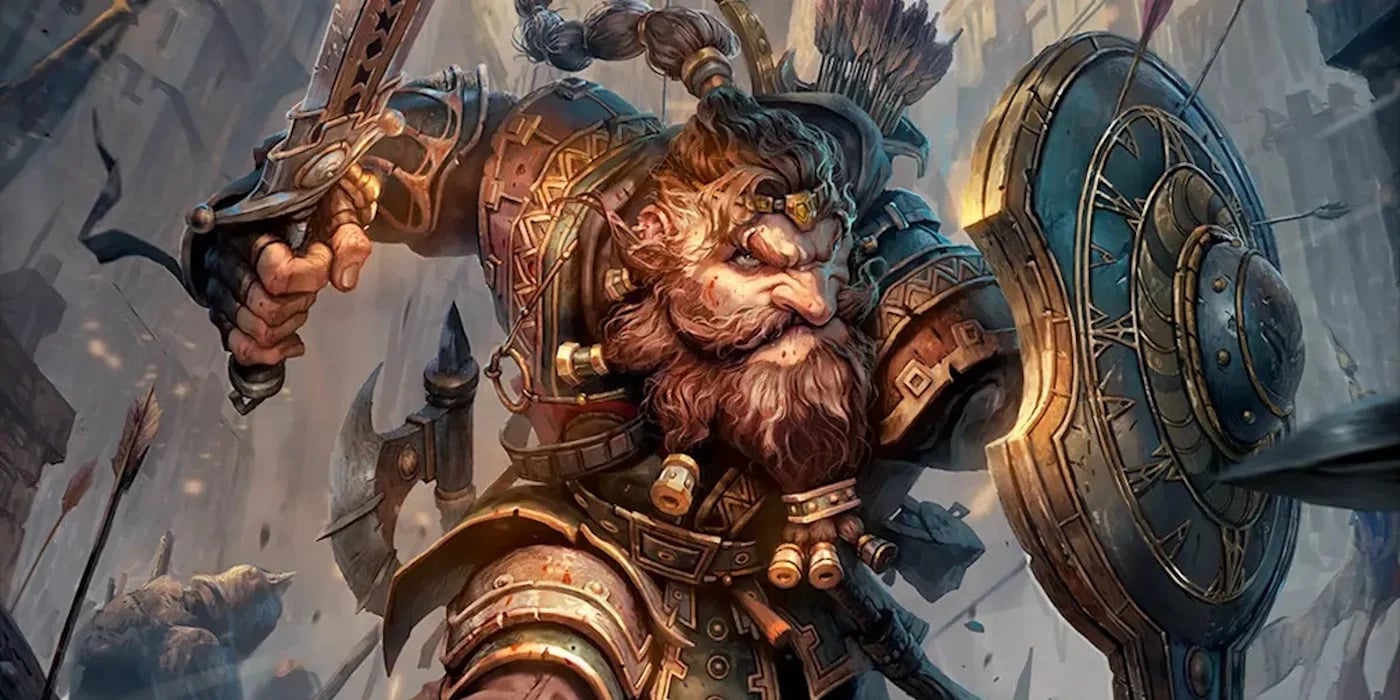
D&D 5.5E changed the way grappling works to the disappointment of some. But don’t fret; it’s still a powerful option if you have a plan.
Grappling and D&D have a long and complicated history that stretches back through the editions. They have, from their first appearance in the very first AD&D Dungeon Master’s Guide been a complicated morass of rules that bog down all who tread within. Seriously.
The first grappling rules had percentile dice and changed with your armor type. And a number of opponents. And there were rules for rabbit punches.
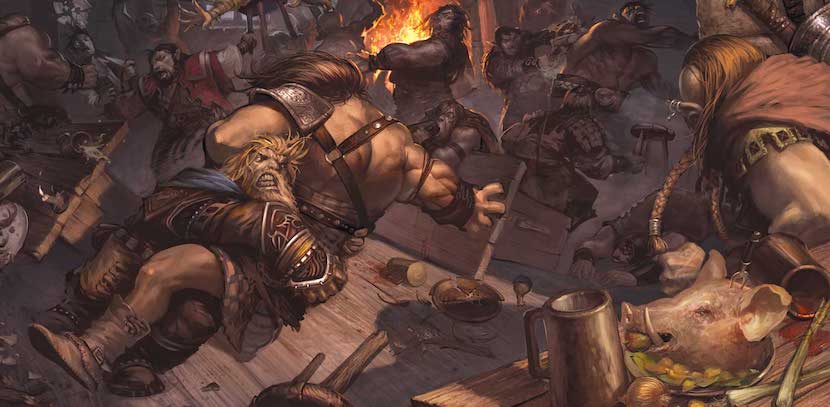
It seems like grappling has always been this weird thing D&D tries to deal with. When it comes to trying to describe one warrior grabbing another, the rules get fluid, perhaps because it’s a complicated thing to try and abstract into dice rolls. Or maybe because it never feels quite right to say, “Well, now you’re pinned, and the fight’s over”.
5.5E is no different. The changes to grappling have dismayed some, but the unarmed option still remains a potent part of the game. If you are prepared for it.
Grappling In 5.5E: Weird But Also Good?
First things first, let’s address the Tarrasque in the room. The biggest difference to grappling in the new edition is the fact that your target makes a saving throw:
“The target must succeed on a Strength or Dexterity saving throw (it chooses which), or it has the Grappled condition. The DC for the saving throw and any escape attempts equals 8 plus your Strength modifier and Proficiency Bonus. This grapple is possible only if the target is no more than one size larger than you and if you have a hand free to grab it.”
So your target saves when trying to avoid being grappled in the first place. When they try to escape, the DC is already set. This is a stark difference from the old rules, which had Grappling as an opposed Athletics check.
Opposed checks typically favor players. Especially since, with the right feats/expertise, a player can get their skill bonus up high enough to consistently lock down even strong/skilled opponents who lack such features.
As a static DC that will only ever get so high, it’s easier for creatures to escape a grapple overall. Especially since escape attempts ARE skill checks made against your DC, and as we know, skill checks can typically get higher than Saving Throws.
Conditionally Useful
What makes it work, then? Well, another bit of rules weirdness. It all stems from the new Grappled condition, which has three main effects:
- The Grappled creature’s speed is 0
- The Grappled creature is movable
- Attacks the creature makes against targets other than the grappler have disadvantage
It’s the “movable” part of being Grappled that really matters here. Because of ongoing areas of effect, things like Spirit Guardians and Wall of Fire have all been reworked. Now they damage creatures when they come into contract for the first time on a turn, not a round. This means you can drag someone into a damaging area and force them to suffer its effects.
Grappling is also a great way to encourage your enemy to attack you, since they may not be able to even reach an enemy other than you, and even if they do, disadvantage can be a pretty heavy incentive.
All that to say, grappling can be real effective – if you’re ready to use its effects.
Happy adventuring!

